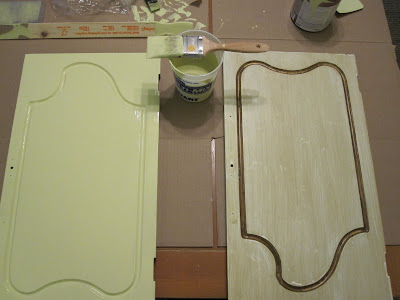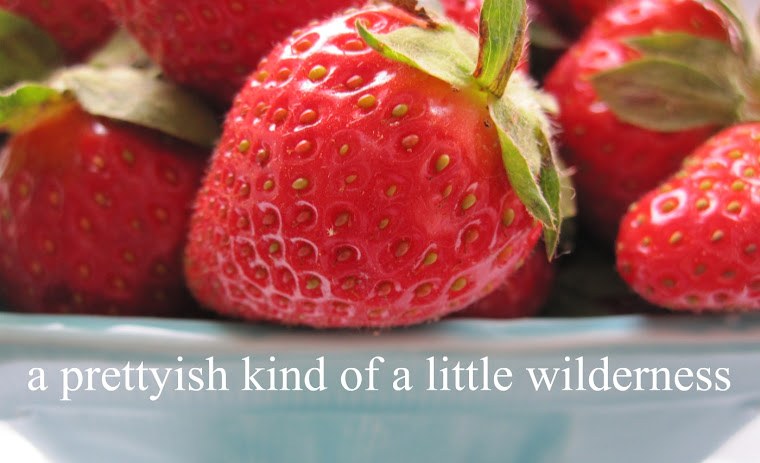Friends, for the first time in two and a half years, I have ...
a SILVERWARE DRAWER.
That's right. Actually, the drawer is only part of my new-and-improved kitchen space. You see, my first kitchen, in Brookline, was rather cozy. That's ok, I thought; surely this will be the smallest kitchen I'll ever have. Nope. Somehow, I managed to downsize into a kitchen that isn't even its own room (it runs along a wall) and whose only counterspace is that on top of the dishwasher. Few cabinets. No drawers. There is room, thankfully, for a large industrial metal rack that houses the majority of my kitchen supplies, but that has been at capacity for a while and does nothing to provide prep space. Argh.
After months of creatively - and often precariously - balancing mixing bowls on the corner of the sink, plunking hot trays of cookies down on a trivet in the middle of the floor, and rolling out pie crusts on my coffee table, I snapped. Though the kitchen is tiny, the whole living room is in fact relatively spacious, and I had a large expanse of empty floor going unused. (Except as, you know, cookie-cooling space.) So I started to hunt for a dresser that would serve as a sort of island and give me some storage and work space; I figured that I would find a basic bedroom dresser, slap a coat of paint on it, and quickly have a not-perfect-but-workable solution. Hardly surprisingly, however, I became, well, very invested in this project. Last October, I found this dresser at a local used furniture shop:

Perfect! Made for a kitchen, cabinets as well as drawers, solid as could be, and cheaper than anything at IKEA. Sold. Plus, I love a project.
Thus began about two solid months of sanding, applying wood putty, and sanding some more. (Extremely therapeutic, as a side benefit.) The dresser, while exactly what I was looking for in terms of size and lines, wasn't in great shape and had a chipped paint job (the original, I think) accented by gloppy gold paint.


After I sanded the whole thing down and smoothed it out, I was ready to paint. (I had the whole dresser propped up on bricks to make the process easier.) I wanted a pop of color that didn't take over the room, so I chose this leafy green (Behr Ultra "Mojito"), with "Milk" for the carved accents. I chose a latex-based paint-and-primer-in-one, so three coats later, I had a green dresser. I did the accents mostly by hand (after the tedium of taping got to me) with an artists' brush, followed by a wet paper towel. Boy, was THAT a lot of fun.



I loved the original hardware, so I went through a bottle of Brasso cleaning it up, while still retaining the vintage patina. One of the cabinet pulls was missing, though, so after a fruitless hunt for a matching vintage piece, I found two close-enough-to-blend knobs at Home Depot and replaced both.

Since I didn't want to lose anything over the back of the dresser, I had a piece of basic baseboard molding cut to its length, painted it, and screwed it onto the back. (Me holding a 63" strip of molding in place with a hip, a screw in one hand and an electric drill in the other, must have been a graceful sight.) I think it works quite nicely. Then I coated the whole dresser with Polycrilic, a latex-based polyurethane (not as messy or smelly as oil-based), so the paint wouldn't get tacky and peel off.

With some colorful little numbered jars (holding Maldon salt, kosher salt, sea salt, and table salt - ahh, the organizational pleasure) and a gorgeous big cutting board from my brother (thanks, Ry!), the dresser was complete. In addition to the silverware drawer, I really like my new spice drawer: it has built-in dividers and so seemed perfect for that purpose. AND I have counterspace. And more storage space. And a convenient place for people to gather around while I'm cooking. Whee!




And now, onto the next project...








